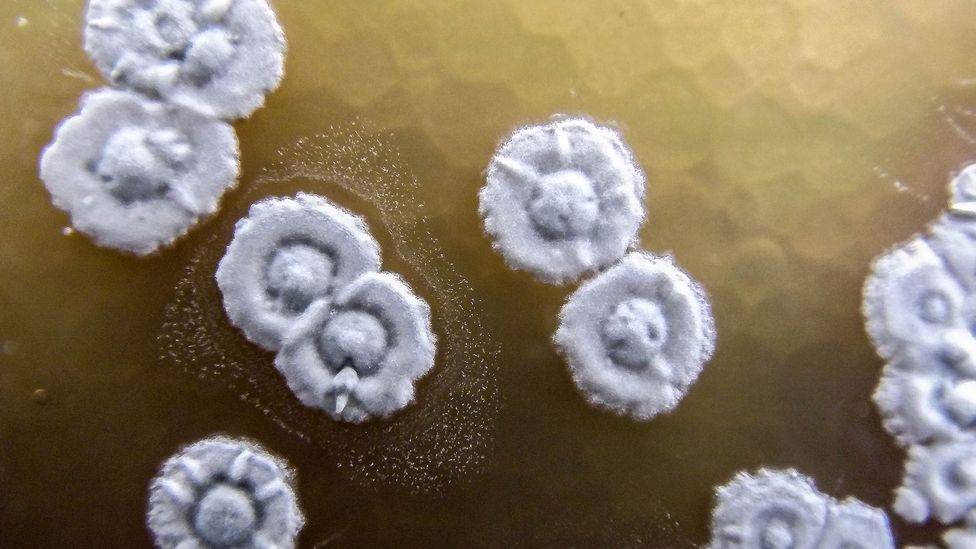
A new study from UC Riverside demonstrates how, after it rains, microbes in desert soil convert one type of pollution into another- laughing gas. Nitrous oxide, also known as N2O, is the third most potent greenhouse gas. Scientists conducting the study were taken aback when they discovered N2O production in the desert heat.
"It only occurs in flooded soils. We didn't think this process could happen in arid soils because the desert is dry most of the year "said Alex Krichels, a UCR environmental scientist.
This study, published in the journal Biogeochemistry, investigates how and why desert-dwelling bacteria emit N2O. It builds on research published in 2020 by a team led by UCR landscape ecologist Darrel Jenerette, who discovered that desert soils produce significant amounts of N2O after rain.
Findings of Study:
The conventional wisdom, according to Krichels, is that N2O is emitted by heavily fertilized agricultural fields such as those found in the Midwest. Growers add more nitrogen, ammonium, and nitrates than plants require, and bacteria convert the excess into N2O after a rain, a process known as denitrification.
"This is a survival strategy for bacteria after a tonne of water is added and there is no oxygen for them in the soil," Krichels explained. "When that happens, they use nitrate instead of oxygen and breathe out nitrous oxide, a process known as denitrification."
Denitrification in deserts, unlike fertilization in agricultural fields, may have a different source of nitrate. "Nitrate pollution in deserts is caused by the combustion of fossil fuels, not fertilization," Krichels explained. "Combustion emits pollution that lingers in the atmosphere, becomes deposited in soils over time, and re-emerges as N2O after a rain."
Several types of nitrogen are released into the atmosphere by automobiles and industrial processes. "When they combine, they form NOx, which can cause tropospheric ozone, which is bad for your lungs and also a greenhouse gas. It should not be confused with good ozone higher up in the stratosphere, which shields us from UV rays "Peter Homyak, a UCR environmental scientist and paper co-author, elaborated.
The researchers chose two Southern California sites in the University of California Natural Reserve System to see if fossil fuel byproducts could drive desert denitrification. They used a box "resembling a coffin" with instruments to measure the chemical composition of air emerging from the soil after the addition of nitrate, according to Krichels.
Krichels, who previously studied similar processes in Illinois cornfields, claims that what emerges from deserts after rains is ten times greater than what he observed in the Midwest. "The rates of emission are extremely high, but they are very short-lived," he explained. "This only happens when wet soils are added to dry soils."
Droughts are becoming more common around the world, and these droughts will be punctuated by large rain events, according to a growing body of evidence. Droughts dry out soil, so climate change will increase the frequency of drying and wetting cycles, increasing the likelihood that these processes will become more important sources of greenhouse gases.
In general, Krichels expressed hope that public awareness of these findings will lead to a reduction in the fossil fuel emissions that cause desert soil denitrification.
"On a broader scale, many people are unaware that these processes occur in soils in general, or that the nitrogen humans add to the atmosphere can end up influencing climate change and human health in this way," Krichels said. "There's a lot of life in these soils, and it has the potential to affect the entire planet."
(Source: University of California – Riverside)
















